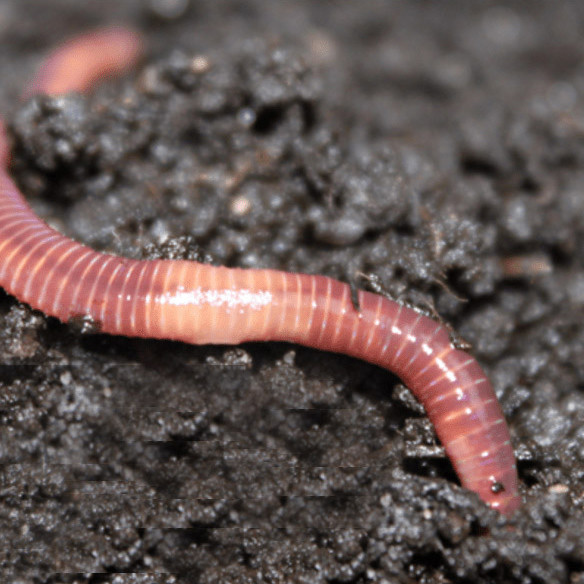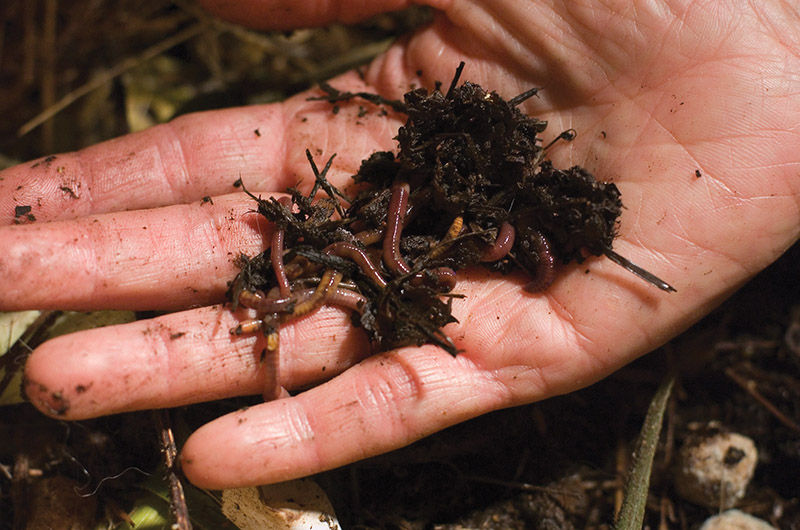Obtain one of the most Out of Your Compost With Red Wigglers
The combination of red wigglers into your composting system can considerably improve the efficiency and efficiency of waste administration practices. These worms are not only skilled at damaging down organic materials but also add to the production of high-grade garden compost that enriches dirt health. Understanding their optimum treatment demands and the benefits of vermicomposting is vital for taking full advantage of results (red wigglers). However, the procedure of establishing and preserving a worm bin might provide difficulties that warrant mindful factor to consider. Discovering the complexities of this method could reveal solutions to usual composting concerns faced by lots of gardeners.
Recognizing Red Wigglers
Comprehending red wigglers is vital for any individual curious about vermicomposting, as these worms play a crucial role in breaking down raw material. Scientifically referred to as Eisenia fetida, red wigglers are differentiated by their reddish-brown shade and slim bodies, typically gauging between 3 to 4 inches in length. Unlike earthworms, which prosper in dirt, red wigglers like a wet, organic-rich setting, making them excellent for composting systems.
These worms are renowned for their ravenous cravings, eating half their body weight in organic product daily. This capability allows them to rapidly break down cooking area scraps, backyard waste, and various other biodegradable products, transforming them into nutrient-rich garden compost. Red wigglers flourish in temperature levels varying from 55 ° F to 77 ° F, requiring careful surveillance of their environment to make sure optimal task.
Moreover, red wigglers replicate quickly, doubling their population approximately every 3 to 4 weeks under perfect problems. This quick reproduction is vital for preserving a reliable composting operation. red wigglers. Comprehending their biology and behavior is essential for any individual seeking to harness their potential in lasting waste management methods
Benefits of Vermicomposting
Vermicomposting deals various advantages that extend beyond basic waste reduction. This innovative technique leverages the all-natural decomposition capabilities of red wigglers to transform natural waste right into nutrient-rich compost, boosting soil health and fertility. The resulting vermicompost is bursting with valuable bacteria, which can enhance dirt structure and rise nutrient accessibility for plants.

Furthermore, vermicomposting can be exercised in different setups, making it obtainable for city occupants and those with limited outdoor room. It calls for very little investment and can be easily managed inside or outdoors, making it appropriate for different lifestyles.
The use of vermicompost additionally advertises healthier plant development by boosting microbial activity, improving water retention, and giving necessary nutrients. As a result, gardeners and farmers that incorporate vermicompost into their techniques frequently observe boosted crop returns, making vermicomposting a sustainable choice for both waste monitoring and agricultural efficiency.
Establishing Up Your Worm Bin
Developing an effective worm bin is important for successful vermicomposting, and with simply a couple of essential elements, anyone can develop an effective system. Begin with an ideal container; a plastic or wooden container with a cover works well. Preferably, the container ought to be in between 10 to 18 inches deep to provide adequate area for the worms to thrive.
Guarantee correct ventilation by piercing small holes in the sides and cover, enabling air flow while preserving moisture. Preserve an equilibrium in between moisture and drain; the container ought to be wet but not saturated. A layer of bedding, such as shredded newspaper or cardboard, offers an environment for the worms and help in moisture retention.
Think about the location of your worm bin (red wigglers). By complying with these standards, you will certainly create a conducive atmosphere for red wigglers, laying the groundwork for a successful vermicomposting endeavor.
Feeding Your Red Wigglers

Avoid feeding them meat, milk, and oily foods, as these can draw in parasites and produce unpleasant smells. Additionally, it is essential to slice or shred larger items to facilitate quicker decay, ensuring your worms can access the nutrients much more effectively.
Small amounts is crucial; view it overfeeding can cause anaerobic problems, hurting the worms and reducing down the composting process. Screen the container for uneaten food and adjust your feeding regime appropriately. A general guideline is to give about half a pound of food per pound of worms each week.
Last but not least, maintaining moisture is necessary. Go for a damp, but not soggy, atmosphere, as wetness aids in the breakdown of food and sustains worm task. By very carefully handling their diet regimen, you can boost the efficiency of your red wigglers in transforming organic waste into rich compost.
(red wiggler worms)
Harvesting and Making Use Of Compost
After a number of weeks of thorough composting, you will notice that the rich, dark material produced by your red wigglers awaits harvest. This nutrient-dense worm castings, typically described as vermicompost, can substantially boost soil health and wellness and plant development. To harvest, carefully different the finished compost from the staying bed linens and worms. One effective technique is to utilize a source of light; red wigglers are delicate to light and will tunnel much deeper right into the product, allowing you to scoop out the leading layer of garden compost.
As soon as collected, the garden compost can be used in various applications. Mix it into garden soil to improve structure and fertility, or use it as a top dressing for potted plants. It can additionally be diluted in water to create a nutrient-rich liquid fertilizer, frequently called "worm tea." This tea can be applied directly to plants, offering them with a boost of vital nutrients.
Bear in mind to save any type of extra compost in an amazing, dry place to maintain its top quality. By properly collecting and using the compost produced by red wigglers, you not only improve your yard however also advertise lasting gardening methods.
Conclusion
Integrating red wigglers right into composting techniques substantially enhances the performance of organic waste makeover. Eventually, the assimilation of red wigglers in composting contributes to lasting gardening, minimizes landfill waste, and promotes ecological stewardship through reliable resource recycling.